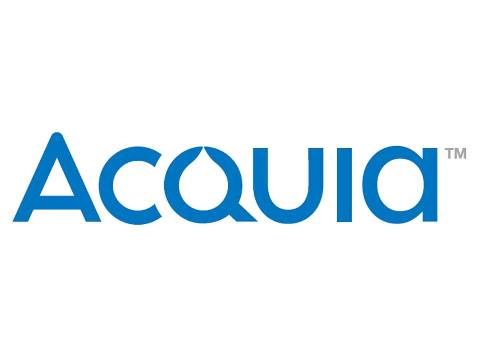This blog post is an excerpt from GovLoop’s recent guide, The Future of Cloud: 5 of the Latest Cloud Computing Trends in Government. Download the full guide here.
Cloud computing has gone mainstream, thanks in part to the rise of tech-savvy citizens who are placing pressure on government agencies to improve citizen engagement and digital services. While agencies like the Department of Interior, GSA and the White House are pioneering digital transformation and cloud-first efforts, understanding the basics of cloud computing models is still difficult for many agencies.
Government agencies have a mission and an obligation to provide information and services to citizens anywhere, anytime, on any device. Cloud models play a key role in digital web strategies and in enabling agencies to improve information delivery, provide essential citizen services and increase operational efficiency.
“The cloud service model you choose, along with the platform and service provider, also determines the resources, time, cost and level of effort an agency needs to invest in delivering great digital web experiences,” said Dan Katz, Technical Director of Public Sector at Acquia. “At its core, cloud is all about paying to use someone else’s resources.” He offered a brief overview of three cloud service models and the investment for government agencies:
Infrastructure-as-a-Service gives agencies access to network, hardware, data center resources and sometimes operat-
ing systems through a vendor like AWS or Rackspace. If agencies want to build their own web platform, manage it, and run it, IaaS gives them the feel of having their own infrastruc- ture that resides in someone else’s data center. This option usually requires a large in- vestment of agency time and resources, and a dedicated team to manage everything from technology updates and security monitoring to managing helpdesk tickets, scalability, and website uptime.
Software-as-a-Service is a feature-com- plete application you pay to let users access. Rather than the customer managing the rollout of new features and access to the application, the vendor does. The features are designed to meet the common needs of every customer, which means agencies are some- what limited if they want custom applications to deliver customized mobile or web services. SaaS requires very little effort, but does require an investment in IaaS and/or PaaS that are managed internally or outsourced to vendors. Because these are usually managed by different entities, there is a lack of complete ownership, which can result in site downtime and other technical failures.
Platform-as-a-Service is the sweet spot, because it combines the best of IaaS and SaaS. PaaS gives customers a scalable infrastructure, a set of reusable components, a framework, a platform, and tools to build different types of apps on that platform. Additionally, unlike the IaaS model, the level of vendor support usually goes above just managing the infrastructure. Katz presents the question: “Would you rather have your IT resources keeping servers patched and updated, monitoring traffic, and supporting content managers? Or would you rather outsource that to a vendor like Acquia and let those valuable resources focus on inno- vation and developing new solutions and game-changing transformation initiatives? In addition, 100 percent of ownership for SLA’s fall to the vendor, not the customer.”
Only a few vendors, including Acquia, have created a cloud platform specifically tuned to the needs of managing digital experiences, and the results for customers have been significant. FEMA reported a 93 percent improvement in site performance, while the state of Georgia has recorded $5 million in savings, and the city of Los Angeles reported increased call center staff efficiencies due to more than 100K mobile submissions through MYLA311.com.
But how can agencies ensure the cloud model they are asking for is what they want and need? Agencies should look for cloud vendors and initiatives that align with their goals and work with them to clearly understand what tasks will be outsourced and what will remain in-house. Communication is key!
Katz also recommends that agencies move past the use of cloud computing buzzwords and focus their conversations on answering these key questions:
- What are they trying to accomplish?
- What is the mission?
- What are the business requirements?
- What is the digital transformation strategy?
If security is your concern, keep in mind that cloud providers are required to meet government security standards before they are authorized to operate within an agency. There are also ongoing requirements to en- sure cloud solutions remain secure. For some agencies, cloud environments provided by vendors are more secure than their internal, legacy systems.
“Cloud providers have a lot more to lose,” Katz said, noting that a breach for any vendor would be devastating for both customers and the company’s bottom line.
But the truth is that much of the data agencies are worried about securing is unclassified and can be publicly released. Moving data, especially public data, to the cloud can free up internal resources and staff to do other projects.

